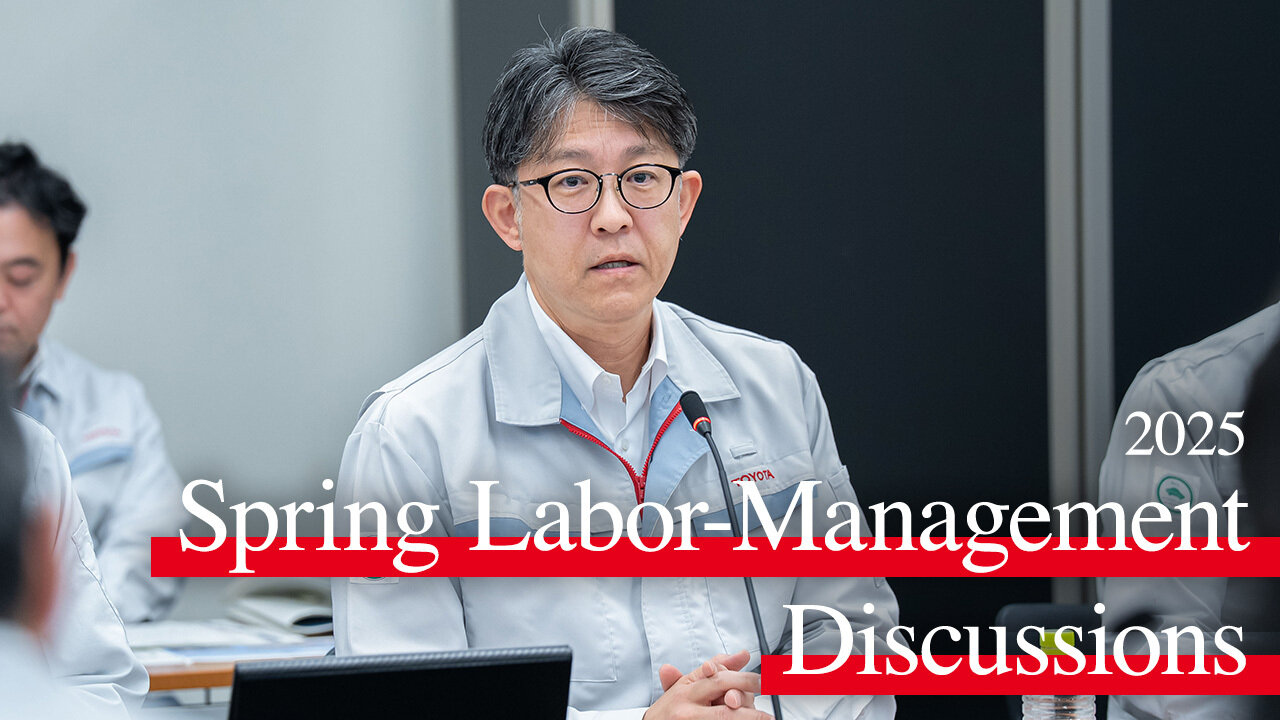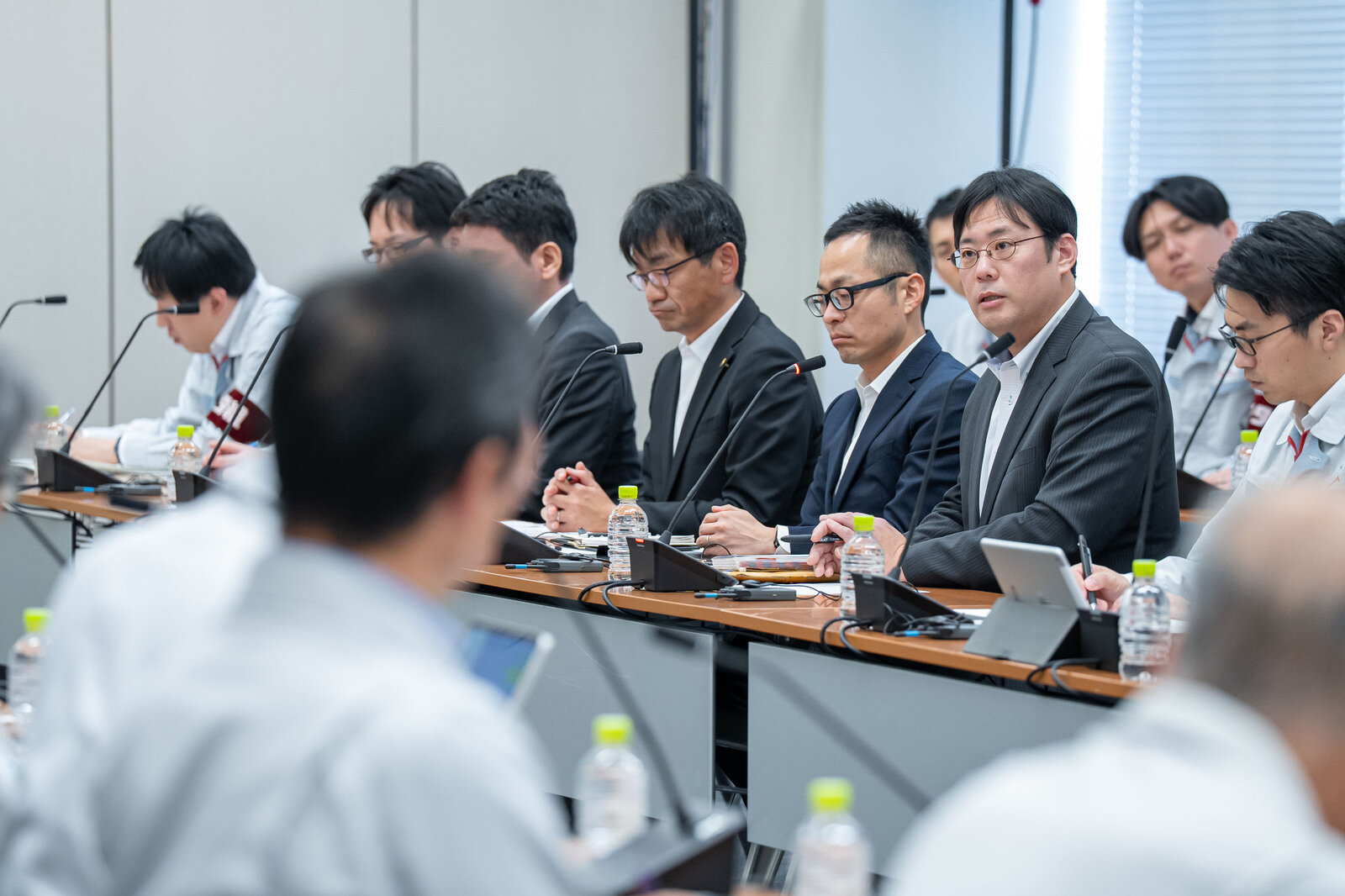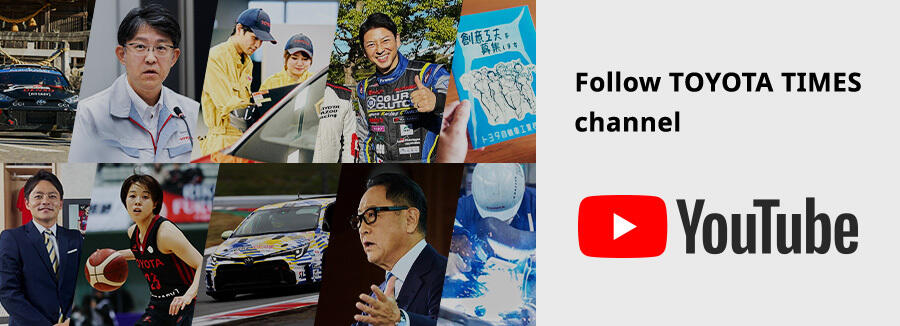
Having built up the earning power to fuel investments for the future, what hidden risks does Toyota face? The company's labor union and management re-examined the challenges that must be addressed as they look to the next five, ten, and fifty years.
Pressing issues also impact suppliers & dealers
In addition to Toyota’s workers and management, the recent discussions also included representatives from the Federation of All Toyota Dealer Workers’ Unions—comprising labor unions from Toyota dealers and car rental stores—and the Federation of All Toyota Workers' Unions, which encompasses the Toyota Group.
They revealed that some suppliers were struggling to maintain operations amid personnel shortages, rising prices, and production fluctuations.
Dealerships also reported a lack of engineers and other personnel, as well as deepening disparities between regions.

In considering how work will look in five, ten, or fifty years, Toyota must collaborate with its auto industry colleagues.
“In all our talks, we are always conscious of the need to create an environment that inspires our colleagues across the auto industry to give their best,” said Vice President Miyazaki.
Shared leadership
In response to the points that had been raised, Labor Union Vice Chairman Eshita introduced the concept of “shared leadership”—in which every member of the organization takes on the role of a leader and assumes responsibility for its affairs—as part of the work reforms.
Vice Chairman Eshita
Management only gives directions without listening to opinions and ideas, fixated on numerical targets and deadlines, instead of allowing team members to use their initiative. For their part, those members are only supposed to do as they are told or directed. They constantly watch management to try and guess their wishes. And when something happens, they blame the management.
I feel that we tend to fall into this state. We want to break out of this pattern and have everyone engaged in dialogue, with a shared vision, purpose, and overview of the company. Within teams based on mutual trust, we want each member to take on roles that harness their individual strengths, acting with autonomy as leaders or followers for the good of the team.
Toyota is truly home to many diverse people. By allowing each person to pursue their goals with autonomy, while working as a team with suppliers and dealers, I believe Toyota and the automotive industry can still achieve further growth.
With the motivation of individual members serving as our driving force, I am eager to transform our culture and organization to be flexible and robust enough to handle the uncertainties of the future.
While confronting the harsh realities identified today, from a declining workforce to supply chain challenges and intensifying global competition, we must look to the future and, together with our colleagues, build meaningful places to work.

Lastly, President Sato and Union Chairman Kito summed up the day’s discussions.
President Sato
We are exposed to many risks hidden within our strong results. We must prevail against the competition, and I believe the only way to do so is to continue making ever-better cars.
What we mean by ever-better carmaking is not simply development, but rather conceiving, developing, manufacturing, and transporting vehicles to our dealers.
These dealers deliver our cars to customers, and their engineers continue to provide owners with support and peace of mind.
To me, fulfilling this entire cycle is what it means to make ever-better cars.
In that sense, everyone is part of the carmaking process. All the people working in general administration, human resources, accounting, or logistics are contributing to ever-better carmaking.
Together with these colleagues, we must figure out how we are going to overcome the risks that we need to confront.
Unless we make changes, we will not be able to pass this environment on to those who follow in our footsteps, ten or fifty years from now. If we do not act now, we cannot change the future.
The key is to start by taking action. In doing so, I believe we can change people’s mindsets.
Even if you think speaking up doesn’t change anything, I would like you to have the courage to voice your ideas again. Starting with one small step, something close to you, take action to change the current state of things.
Please don’t give up on speaking out or taking action. I want all of us to tackle the challenge of reaching out across functional borders and connecting as a carmaker.
I hope we can explore the next steps that would enable the entire team to take such action.
In doing so, I would like you to picture the goal of our work.
What are we working towards? Seeing the smile on a customer’s face is surely many times more gratifying than being praised by a supervisor.
Why do we work in the automotive industry? Because we are carmakers. This is a wonderful profession, worthy of devoting one’s life to.
President Sato also commented on the idea of shared leadership outlined by Vice Chairman Eshita.

